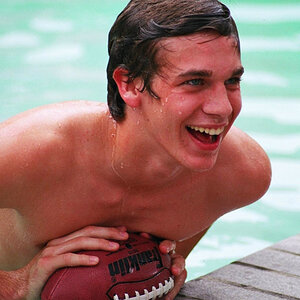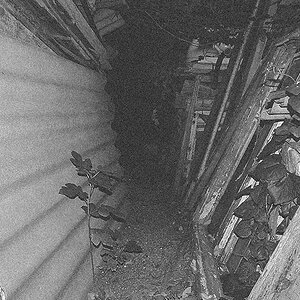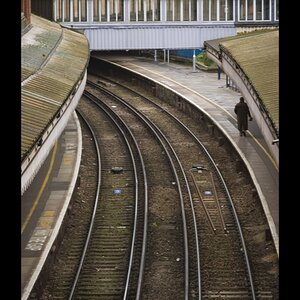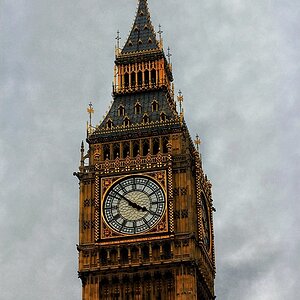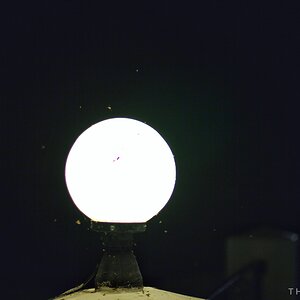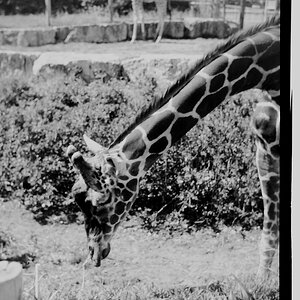Hardrock
TPF Noob!
- Joined
- Apr 8, 2009
- Messages
- 1,173
- Reaction score
- 36
- Location
- Dallas
- Can others edit my Photos
- Photos NOT OK to edit
Looking to get a macro flash, has anyone used this one -
http://www.bhphotovideo.com/c/produ...C_SFDRL14C_Macro_Ringlight_Flash.html#reviews
or is there one that you would recommend that is fairly inexpesive?
http://www.bhphotovideo.com/c/produ...C_SFDRL14C_Macro_Ringlight_Flash.html#reviews
or is there one that you would recommend that is fairly inexpesive?


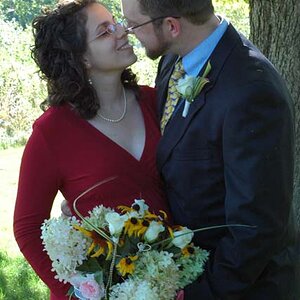
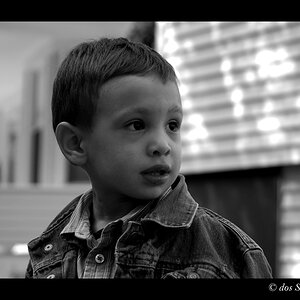
![[No title]](/data/xfmg/thumbnail/42/42230-fa8ace50a80342c7d91db1431f911bab.jpg?1619740048)

